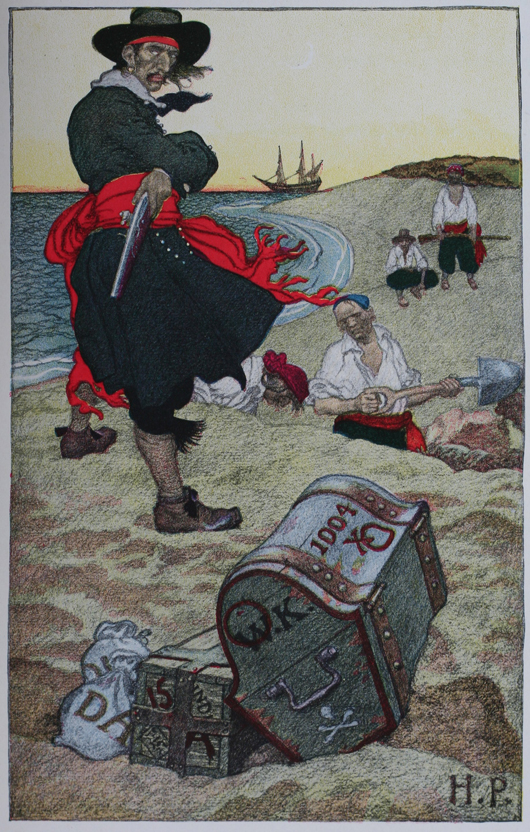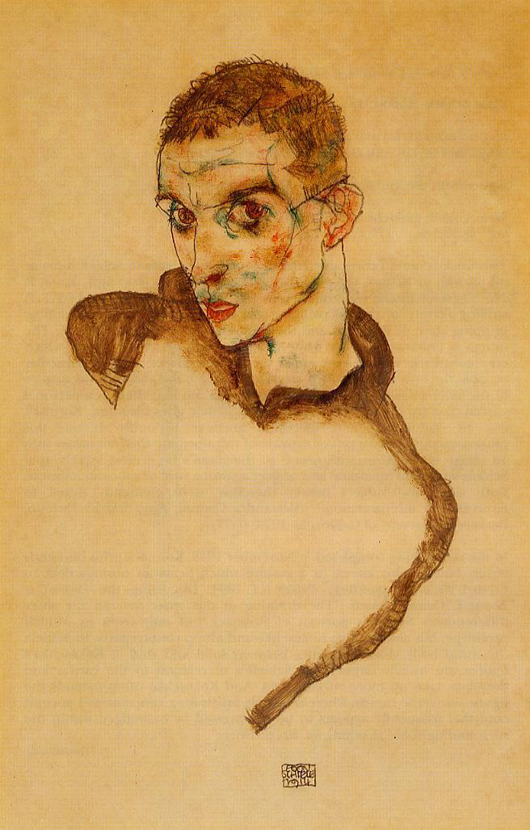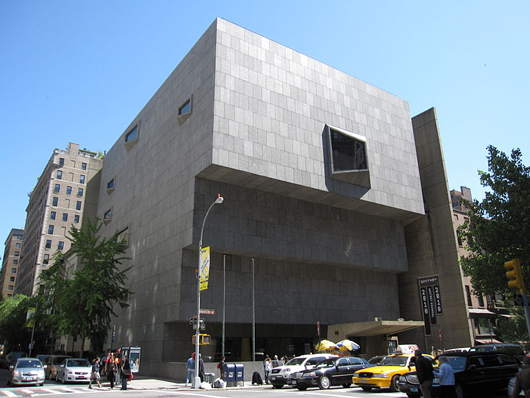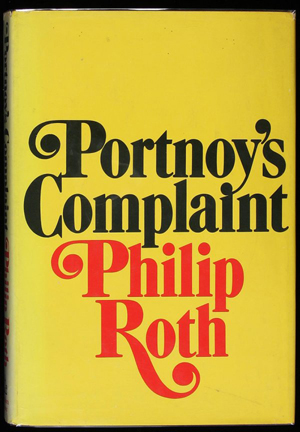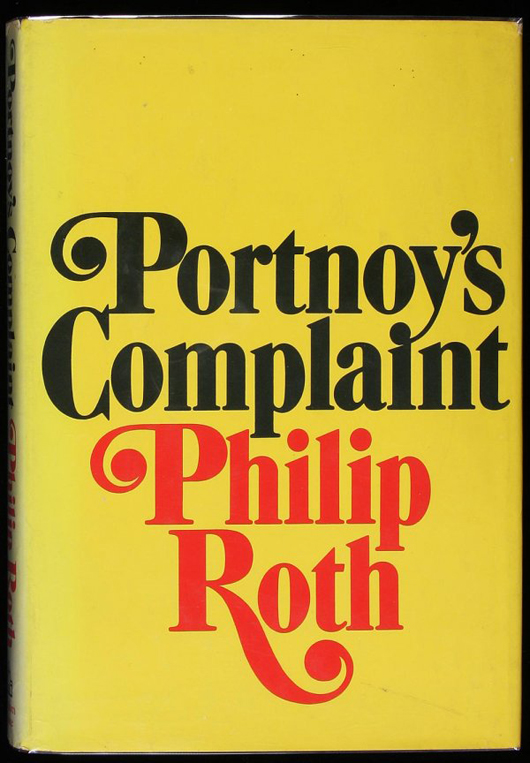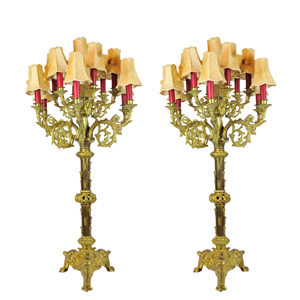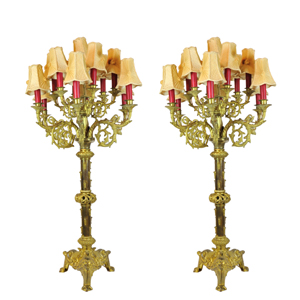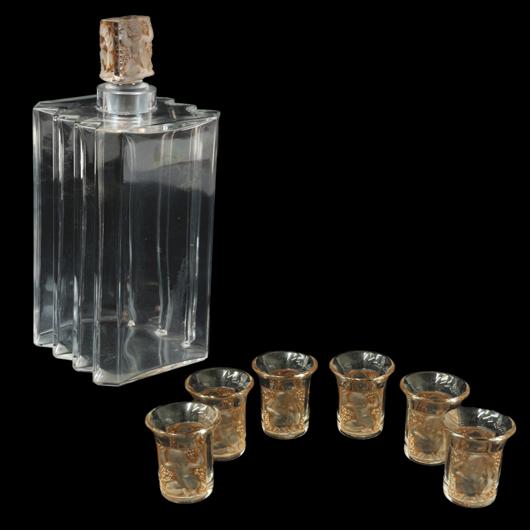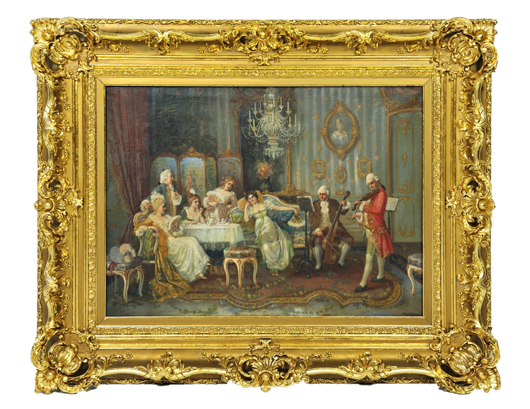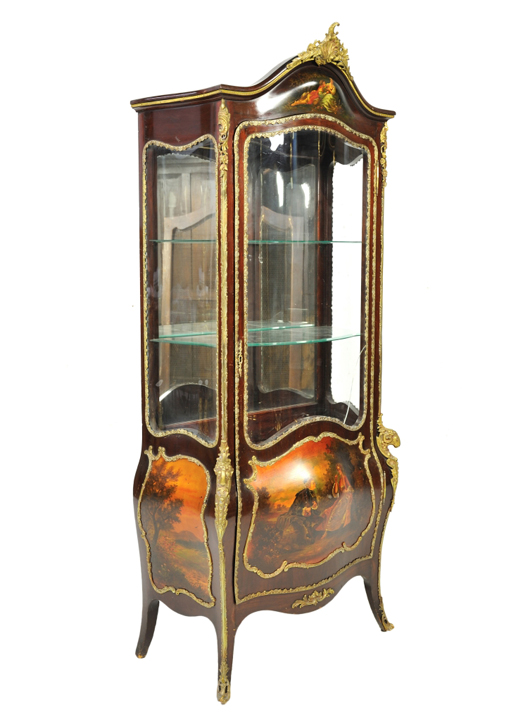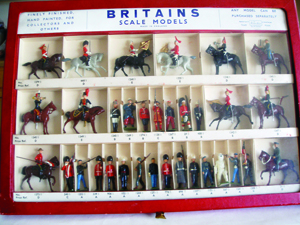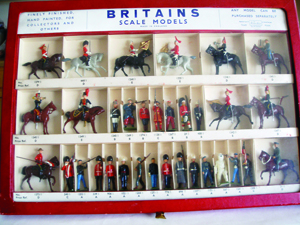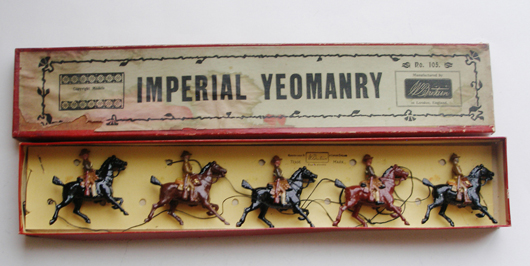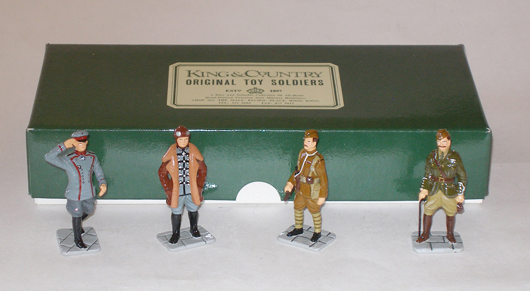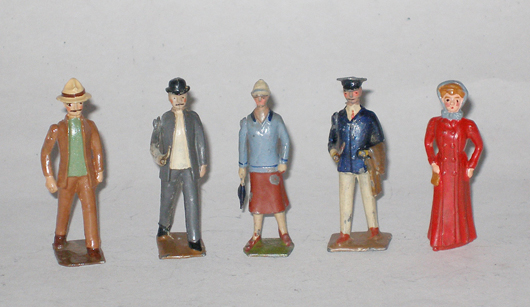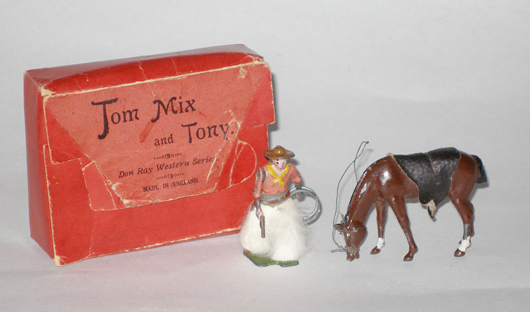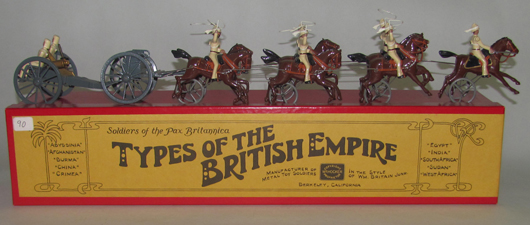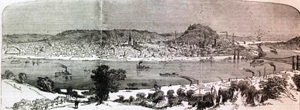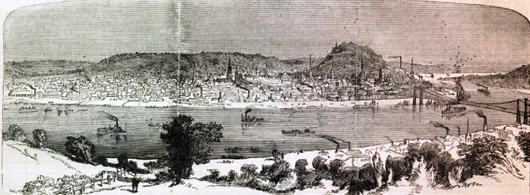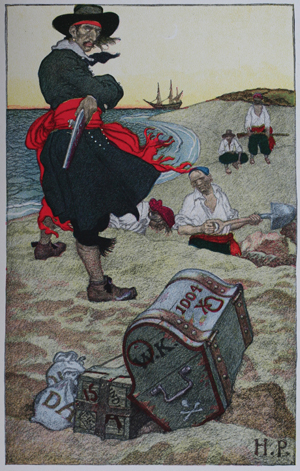
LONDON (AP) – Many know of Captain Kidd, the Scottish-born buccaneer who terrorized the Indian Ocean and was hanged as a pirate at London’s Execution Dock.
Fewer know of his services to the British crown, his royal seal of approval, and the powerful, well-connected noblemen who Kidd believed double-crossed him.
A new exhibit at the Museum of London Docklands argues that Kidd’s career wasn’t as black-and-white as the skull-and-crossbones, and invites people to ask whether the 17th century adventurer was made a scapegoat for other men’s schemes.
Curator Tom Wareham said he wanted to highlight the degree to which corrupt lawmakers, conniving noblemen and greedy London merchants all played their part in funding, outfitting and organizing pirate expeditions.
There was little doubt about Kidd’s guilt, Wareham said. But those who backed him shared in it too.
“They are guilty,” he said. “Of avarice, basically.”
The beginning of William Kidd’s story remains unclear. The famed seaman was born in Greenock, Scotland around 1645 and moved to New York – then merely an outpost of Britain’s budding empire – sometime thereafter. By 1689 he was cruising the Caribbean as a British gun-for-fire against the French.
It was a respectable enough life. The seasoned sea captain was routinely called upon by authorities in New York and Massachusetts to help clear their coasts of enemy ships. He married one of New York’s wealthiest widows and even lent equipment to help build the city’s famed Trinity Church.
But his involvement in a shadowy get-rich-quick scheme – backed by some of the most powerful men in Britain – would prove his undoing.
Kidd’s mission was to prowl the Indian Ocean, hunting pirates and plundering French vessels. Several well-connected noblemen were involved, including Lord Somers, who arranged to get Kidd a royal seal of approval, and Lord Bellamont, who helped organize the expedition and would later serve as governor of New York.
But the plan was of shaky legality, and in any case things went wrong from the start. Kidd set sail on Feb. 27, 1696, but his crew made rude gestures at a warship as they floated down the River Thames. The Royal Navy, unamused, pressed many of them into service, which meant Kidd had to make a lengthy detour to New York to recruit more sailors.
He made it to waters off East Africa, but the constraints set on him by his sponsors meant he needed to earn cash quickly. Kidd unsuccessfully attacked a convoy of Muslim pilgrims from Africa and preyed on Indian Ocean shipping, infuriating the subcontinent’s Mughal rulers, with whom the British East India Company was doing a lucrative business.
Two of his captures were French-flagged ships – legitimate targets, from his point of view – but he was already being denounced as a pirate for abusing natives, torturing sailors, and clashing with allied vessels. His relationship with his crew was dreadful; at one point he mortally wounded his gunner, William Moore, by smashing his head with a bucket.
Meanwhile, Kidd’s backers, hit by allegations of corruption, were falling out of favor. By the time Kidd arrived in New York to seek Bellamont’s protection, he had already become too much of a liability. Bellamont turned him in.
Kidd claimed he’d acted lawfully, but documents showing that two of the vessels he’d struck were French disappeared before his trial. From his prison, Kidd claimed that he’d been set up and sold out.
“Some great men would have me dye for Solving their Honor,” he wrote.
Still, Kidd claimed to have a trump card, saying in a letter that he’d hidden treasure away at a secret location in the Caribbean, a stash which he valued at 100,000 pounds – then worth about 5,000 times a sailor’s annual wage.
“It is an enormous sum of money – absolutely enormous,” said Wareham.
The letter got London talking, but it couldn’t save Kidd’s life. He was hanged at London’s Execution Dock on May 23, 1701 – almost 310 years ago. His body was coated in pitch, squeezed into a gibbet cage, and left for several years as a warning before being taken down and buried in secret.
But Kidd’s desperate promise of treasure practically beyond measure would ensure that his name would live on.
The search for Kidd’s missing booty was the focus Edgar Allen Poe’s The Gold Bug and an inspiration for Robert Lewis Stevenson’s Treasure Island. The final part of the exhibit is packed with the pirate-themed books and movie posters.
Curator Hilary David said Kidd’s promise of wealth practically beyond measure gave pirate stories one of their most enduring tropes.
“It seems that this is the origin of all the ‘pirates’ buried treasure’ stories,” said Hilary Davidson, a curator at the museum. “After the treasure is mentioned in the letter, X marks the spot forever.”
The exhibit, “Pirates: The Captain Kidd Story,” opens Friday.
___
Online:
Museum of London Docklands: http://www.museumoflondon.org.uk/docklands/
___
Raphael G. Satter can be reached at: http://twitter.com/razhael
Copyright 2011 Associated Press. All rights reserved. This material may not be published, broadcast, rewritten, or redistributed.
AP-WF-05-18-11 1514GMT
ADDITIONAL IMAGE OF NOTE
